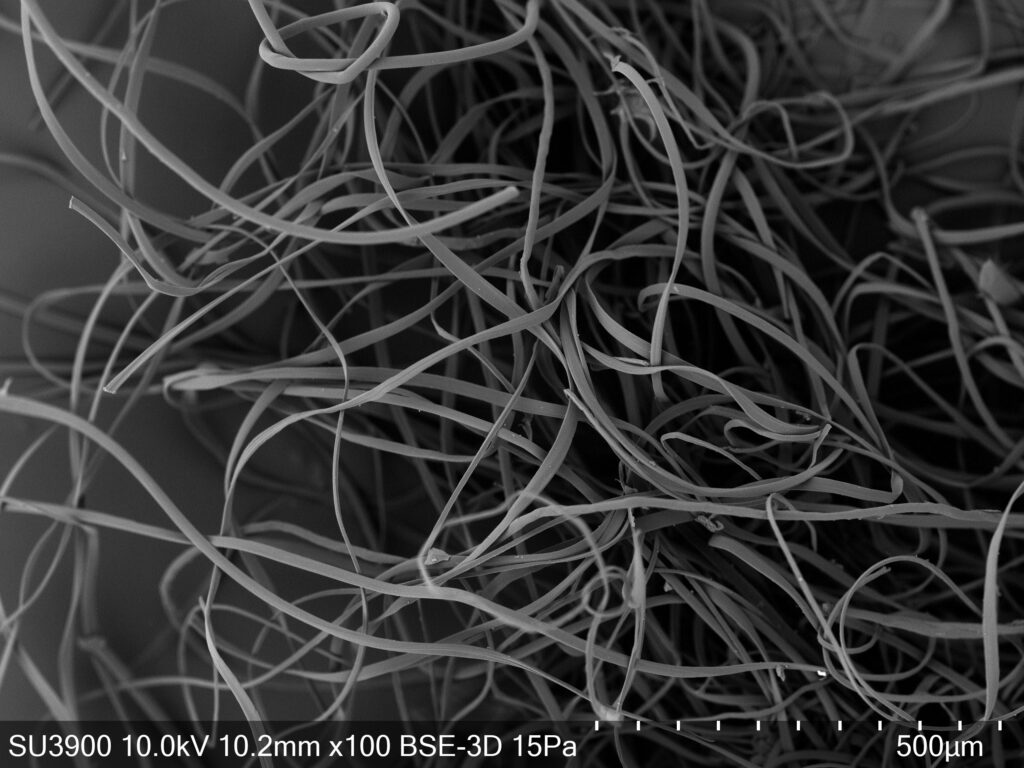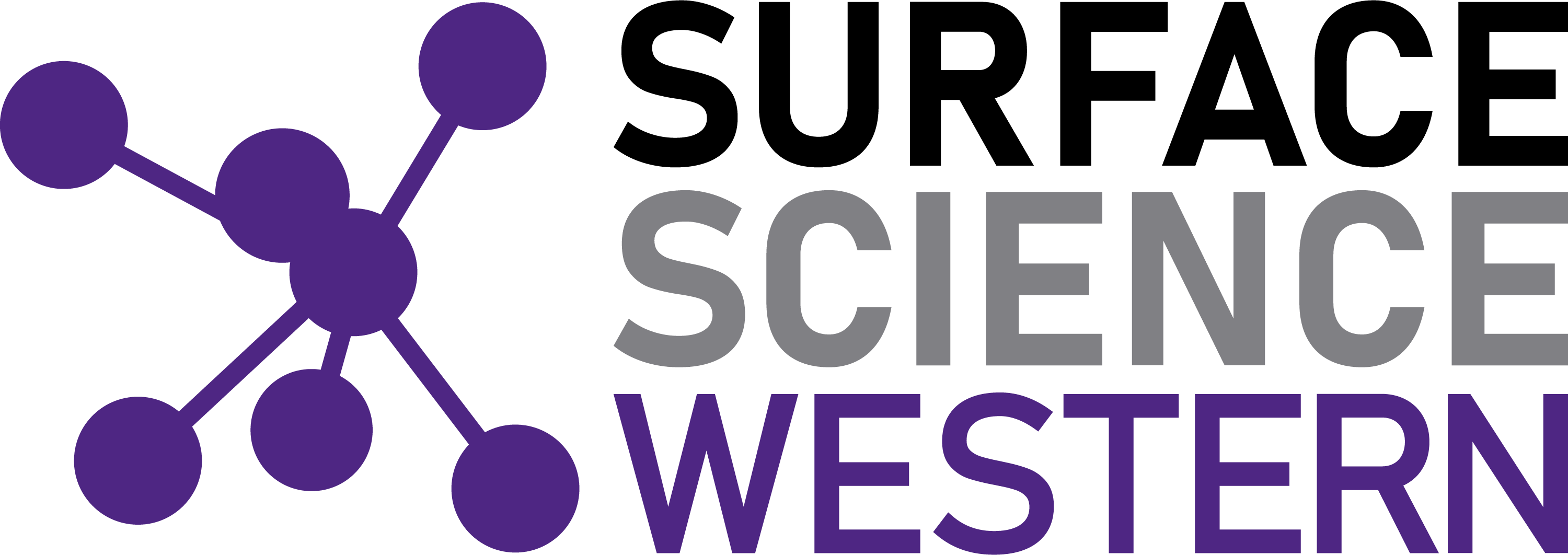Synthetic microfibers from household laundry wastewater are common in municipal wastewater systems. In fact, clothing microplastics are one of the most common types of microplastic pollution in municipal wastewater. Microplastic pollution in the aquatic system has received significant attention due to its recalcitrant nature and ecotoxicological threat. To help unravel the mysteries of microplastic pollution in aquatic systems, SSW researchers are working with Juan Li and UWO’s Environmental Engineering department.
Microfibers were studied from “real-world” laundry dryer lint screens and compared to microfibers found in laundry wastewater. They were characterized by Scanning Electron Microscopy (SEM) after treatment by coagulants, in the presence and absence of laundry detergent. This work provided unique insights about the fate of laundry microfibers and how we might mitigate pollution through primary treatment processes.
This work was recently published in the journal “Environmental Research”.
“Effect of coagulation on microfibers in laundry wastewater, Juan Li, Martha Dagnew, Madhumita B. Ray, Environmental Research (2022), 212, 113401.”
The two images below show what the wastewater synthetic microfibers looked like under the SEM at different magnifications:



